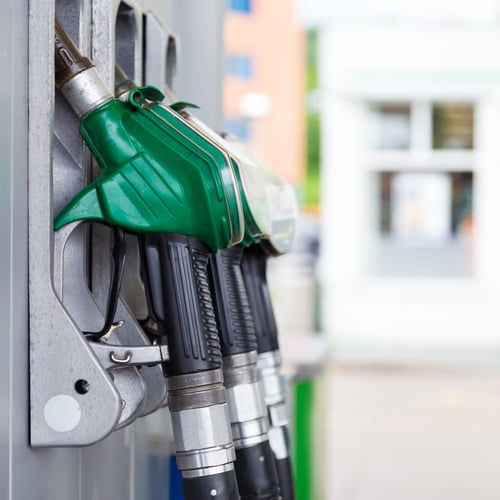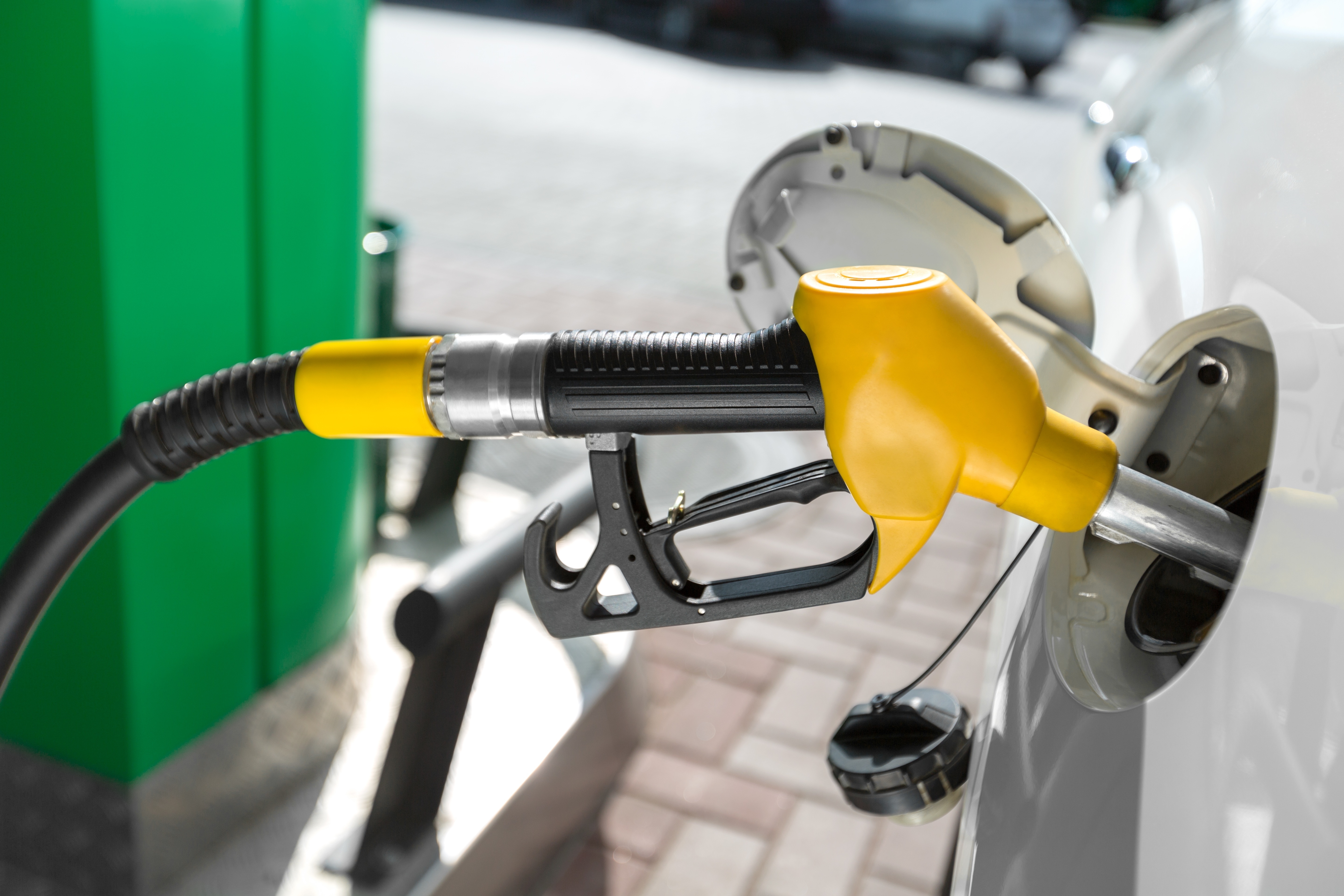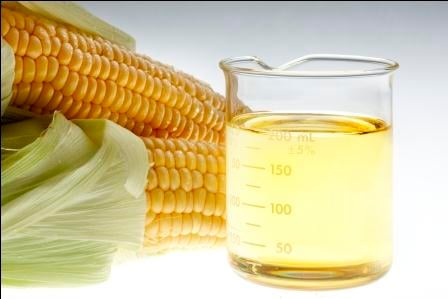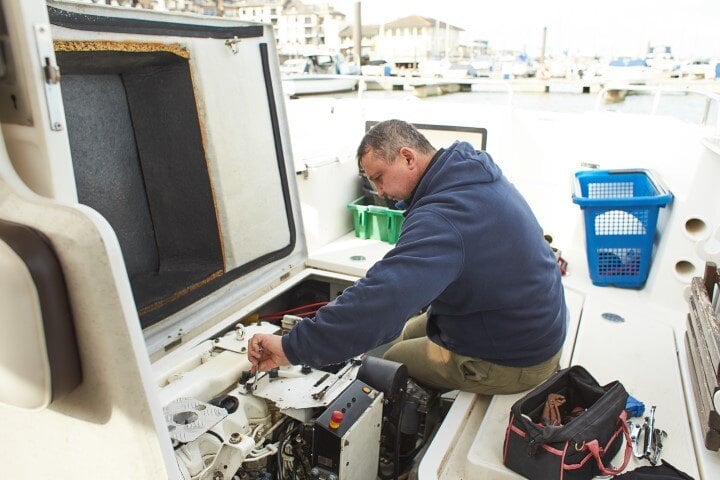Do You Need An Ethanol Fuel Treatment?
With ethanol being an accepted part of our nation’s gasoline supply, consumer questions have largely migrated from ones centered on “how do I get...

Outside of driving behavior, fuel injectors are the single biggest influence of vehicle mileage and performance. Clean injectors are essential to proper combustion because they control the atomization and application of the fuel into the combustion chamber. Properly atomized fuel mixes with the air at the optimal level and ensures the best combustion possible. If this happens at the right time (relative to the position of the piston), you get the best and most efficient performance.
 Ethanol in gasoline has been associated with injector problems. This is most prevalent if you get a bad batch of E10 or E15 that has undergone phase separation. If you’re unfamiliar with it, phase separation is the condition where an ethanol-gasoline blend fuel absorbs too much water, causing the ethanol to drop out of the gasoline, destroying the gasoline’s quality.
Ethanol in gasoline has been associated with injector problems. This is most prevalent if you get a bad batch of E10 or E15 that has undergone phase separation. If you’re unfamiliar with it, phase separation is the condition where an ethanol-gasoline blend fuel absorbs too much water, causing the ethanol to drop out of the gasoline, destroying the gasoline’s quality.
Also problematic for fuel injectors is the use of ethanol-blend gasoline in older engines built before 2001. The average used car is 11 years old, so there are plenty of cars and trucks from the 1990s still on the road. Although to be fair and accurate, the biggest issues come with cars made before 1982. So if you have a 1996 Chevy Malibu, that doesn’t mean you’re guaranteed to have injector problems.
For boats, the year 2000 cutoff is a lot more applicable.
The concern here is the dissolving of rubber and plastic parts in the fuel distribution system. These dissolved components show up in fuel injectors, on valves and in other engine areas as a black sticky resin. As you may guess, sticky resin in a fuel injector tip can spell disaster for it.
Beyond the dissolving of old resin-based parts not designed to handle percentages of ethanol, you have to remember that ethanol is an excellent solvent that will pick up nasty things from wherever it touches. So if you put it into a fuel system that has any kind of varnish or sludge laying around, that’s going to end up passing through the injectors. You can probably guess what the result is.
For best protection, make sure the gasoline you use, whether in your car, truck, boat or small equipment (they're not likely to be fuel injected, but the advice holds true for carbureted small engines) has a healthy dose of detergent in it. Most gas comes with detergent from the refinery, but many times it's not enough to contend with the additional load brought to the table from the ethanol content.

With ethanol being an accepted part of our nation’s gasoline supply, consumer questions have largely migrated from ones centered on “how do I get...

Bell Performance's on-staff master mechanic James Dunst returns today to talk about what's different about flex fuel cars, why they can burn 85%...

In a perfect world, boat owners would get gas for their marine engines that does not contain ethanol. But the world is not perfect and finding gas...